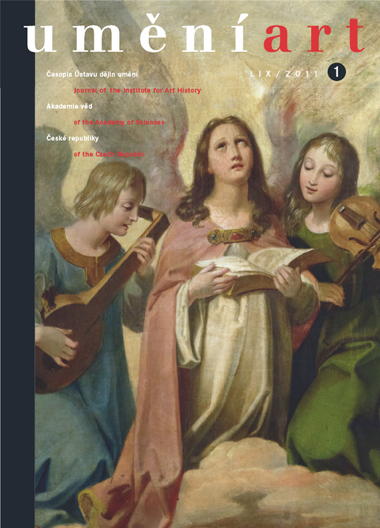Jindřich Vybíral
Modernität und Behaglichkeit. Der Wohnraum Leopold Bauers in den zwanziger Jahren des 20. Jahrhunderts
In the second half of the 1920s, Leopold Bauer (1872-1938), a former protagonist of early Viennese Modernism, was still in pursuit of a model 'artistic interior', conceived as an original creation, devised by the architect and brought to life by top craftsmen. While representatives of the functionalist avant-garde rejected domesticity as an obsolete historical category and dreamt of a new architecture for a classless society, Bauer's interiors were aimed at satisfying the desire for privacy, intimacy, and comfort. He strove to make the experience of home-living authentic again and cultivated an idea of the home as a place of comfortable refuge from the outside world of work, commerce and the ubiquity of rationalism. His interiors were filled with comfortable, heavy furniture in quasi-historical forms, Persian rugs, mirrors, artworks, antiques, and family heirlooms. They were somewhat like a German version of the rather conventional neo-Georgian style that was popular throughout Europe and North America in the 1920s. However, unlike the latter's proponents, Bauer insisted on the Modernist postulate of pragmatism and was as though entranced by Le Corbusier's model of the home as a 'machine for living'. The architect explained his traditionalism as a show of deference to his conservative rural clientele, but its primary source was the persistently negative attitude he maintained towards fashion. When he was criticising his teacher Otto Wagner for exhibiting a propensity towards the transient and the superficial he was already refusing to see fashion as a defining component of Modernism. However, while he condemned the avant-garde for clinging to the rationalism of mass production and thus depriving architects of their tools of form and the entire field of the possibility for development, his unwillingness to allow modern reality to assume a new form meant he condemned himself to eclecticism and creating variations on historical themes.
Full-text in the Digital Library of the Czech Academy of Sciences:
https://kramerius.lib.cas.cz/uuid/uuid:02ae9e6b-f388-b956-f598-888ebc378dd3
< back

